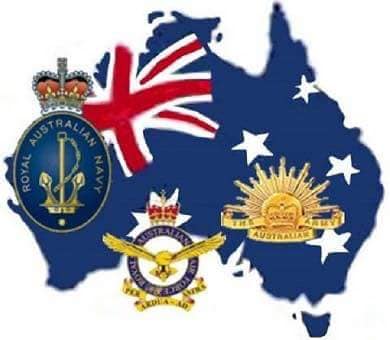
Australian Defence Force Recruiting Systems Need Urgent Overhaul
In early 2024, the Australian Defence Force (ADF) was approximately 4,300 personnel short of its authorised strength of 62,700 permanent members. This shortfall makes the 2040 target of 80,000 personnel increasingly difficult to achieve.
While recruitment challenges are often attributed to competition with other industries and Australia’s low unemployment rate, other factors significantly hinder ADF recruitment. Pay and conditions are frequently cited as an issue, but ADF salaries remain competitive. Australia’s median full-time salary is around $88,500 per year, while ADF personnel—such as a sergeant, fully qualified officer, or a private at pay grade 5—earn above this median. Increasing salaries further may not yield proportional improvements in recruitment or retention.
In 2024, 64,000 individuals applied to join the ADF, yet the average time to complete the recruitment process was 300 days. These figures highlight two major issues. First, a modest increase in successful applicants would have closed the 4,300-personnel gap. Second, the drawn-out recruitment timeline is clearly inefficient. A lengthy recruitment process is particularly problematic in an era of rising geopolitical tensions, where swift expansion of the ADF is critical. Moreover, many high-quality applicants likely abandon the process in favour of faster-moving opportunities elsewhere.
Of the 64,000 applicants, some were recruited, some withdrew, and others were deemed unsuitable. However, it is implausible that none of those rejected applicants could have competently filled some of the 4,300 unoccupied positions. The ADF’s stringent entry standards need reassessment to ensure they align with operational needs rather than bureaucratic inflexibility.
Historically, Australia’s military recruitment was far more inclusive. During World War II, approximately one in eight Australians was deemed fit for service. In contrast, many individuals who fought in past conflicts would be ineligible under today’s stricter standards. The ADF should reconsider its approach to minor or historical health issues, particularly concerning mental health. Advances in medical understanding and treatment have rendered many previously disqualifying conditions manageable. However, the ADF’s conservative stance continues to exclude a growing number of otherwise capable candidates. Expanding mental health support during and after service would enable Defence to recruit from this broader talent pool.
To improve recruitment outcomes, the ADF must allocate greater resources to recruitment and streamline bureaucratic processes. Prioritising high-performing candidates and reducing delays in documentation and medical evaluations would increase the likelihood of securing top talent. Additionally, a thorough review of the ADF’s contract with its recruitment provider, Adecco, could identify areas for improved efficiency.
Ultimately, the ADF must modernise its recruitment standards and processes to reflect current workforce realities. A balanced approach, focusing on an applicant’s current capabilities rather than outdated risk assessments, will better serve Defence’s long-term needs. With these adjustments, the ADF can effectively tap into the existing pool of applicants, making the 2040 goal of 80,000 personnel a realistic achievement.




Why on earth isn’t the recruitment process brought back in-house?
This isn’t necessarily a criticism of Adecco but rather a belief that ADF personnel will always be better suited to assessing potential new members and answering questions from those who seek ADF service.
Just MAYBE the ADF need to start revisiting that dirty word CONSCRIPTION as society as a whole definitely needs a new direction and with conscription you would help ease the unemployment and give the oxygen stealers a different outlook on life all for the betterment of society as a whole. I am an ex NASHO (1966 & 1968) and believe me I saw a hell of a lot of good come from the conscripts that were inducted into the ADF.
Their input into the ADF was well worth the money it cost to train and maintain those servicemen, so reintroduction of NATIONAL SERVICE, be it for military purpose or some form of civilian service would be a major plus for this Country of ours. It seems CRAZY that we have to bring in labourers from the Pacific Islands to do labouring jobs when we have perfectly capable and able people (male and female) to carry out this work that does not need a university degree to carry out. Speak to any Officer in Command with experience from the NASHO era and they will tell you the real value of having them in your unit.
When potential recruits attend a recruitment centre the process should be controlled and managed by men and women in uniform. Those that have been there and done that, how can a civilian answer detailed question on recruit training and promotional opportunities, Those that agree with a bunch of civilians being responsible for recruiting should have a look at some ADF Facebook pages with statements such as ” what is recruit training all about” Questions like this are a regular feature on Facebook and are a direct reflection on the lack of knowledge of our recruiters.
Maybe uniformed recruiters could provide a mobile (caravan) service to small towns in each state. The bean counters should work out the cost of each recruit under the current inefficient system, a decision delayed is the likelihood of a recruit lost.
The current system is hopeless and has been so for years’